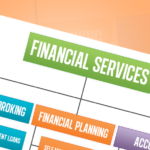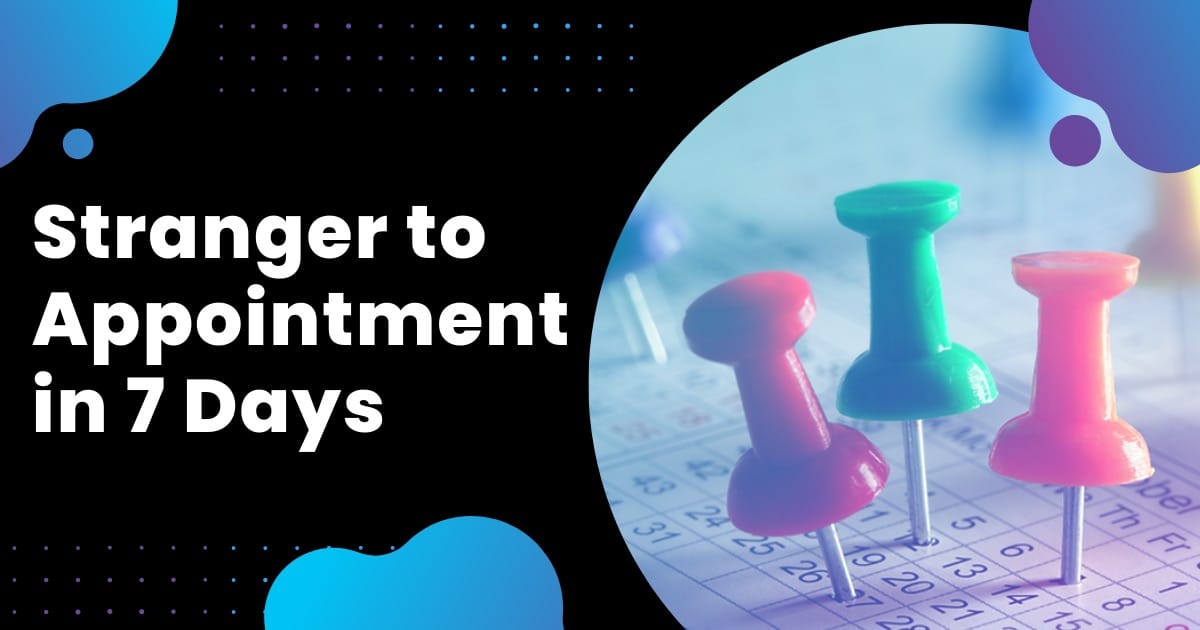If you are wanting to capture the attention of your readers, you have to recognise that while they don’t necessarily have the attention span of a gnat, as far as you are concerned, they may as well have. You have to get in there quick to grab their attention and keep it.
How many websites did you visit before you got to this blog? One? Two? A hundred? Some Internet users visit thousands of websites each month – that is a huge amount of noise for you to compete with!
With the information overload that the internet has brought we all need to be more efficient at wading through vast quantities of information.This means as someone publishing content for the web you should be aware of how people consume information and adapt your style to it.
People Read & Scan Web Pages in an F-Pattern
![]()
You may have heard of the F-shape. Numerous eye-tracking studies have determined that this is the way we consume information online.
Users won’t read your text thoroughly in a word-by-word manner. Generally, first there is a horizontal scan followed by a second horizontal scan, and then a vertical scan down the left of the page.
Translated into actual online practice, the F-shape could equal “heading – top menu – index” or if the page shows an article; “first paragraph – second paragraph – quick overview”. This might not happen 100% of the time but it seems to occur more often than not.
The F pattern’s implications:
- The first two paragraphs must state the most important information.
- Start subheads, paragraphs, and bullet points with information-carrying words that users will notice when scanning down the left side of your content in the final stem of their F-behavior. They’ll read the third word on a line much less often than the first two words.
So here are the 7 techniques you should always consider when composing your next piece of writing for the web…
1. Start With an Introduction
Present key information up front with a summary.
This needs to be crafted in such a way as to give people a reason to keep reading. Whether it is an outrageous beginning to a story or a “Here is what you are going to learn”, people want to know if they have a reason to keep reading. If you don’t grab them there and then, they know they are only a Google away from something more relevant.
2. Make Use of Sub Headings
Big blocks of text tend to frustrate a lot of internet users. We want to be able to scan for the major points that are relevant to us and then decide if the rest is worth reading.
Typically the main heading will introduce the main idea and your subheadings will introduce the supporting ideas.
3. Use Bullet Points
Using bullet points are a great way to provide key information, giving the reader a quick overview. The nature of a bullet point is that they are there to provide information in a to-the-point manner so people are naturally drawn to them over a block of text.
4. Use Search Terms (Keywords) People Are Looking For
Use informative words, and use them early on. The first two words in every title, heading or paragraph are the most important. Giving prominence to your keywords is, of course, good for those people that are looking for information specifically around those search terms and will also help improve your on page SEO (how search engine friendly your page is).
5. Be Smart, But Not Too Smart
Unless you are writing for for a very specific audience that is familiar with industry jargon, dumb it down. Keep your language conversational and pretend that you are talking to someone that is not familiar with what you do. As long as the message is good, you wont lose visitors because you keep the language simple but you will lose people if the level of language is too high for your readers.
6. Use Images & Video
Where appropriate use images and video to support what you are writing about. An image or video may capture an idea in a moment that you could take forever explaining in writing, while possibly confusing the reader (and maybe even yourself!).
![]() Think about your behaviour when browsing. I can guarantee that your eyes were drawn to the visual element (the red arrow) before this piece of text. Use visuals to maximum effect!
Think about your behaviour when browsing. I can guarantee that your eyes were drawn to the visual element (the red arrow) before this piece of text. Use visuals to maximum effect!
7. Make It Easy For People To Share
So how many times have you heard this one before?! Well of course you want people sharing but think about it in terms of people visiting your site. If someone, particularly a friend has shared it, then your page has been ascribed a certain value, so even if you do everything wrong people are more likely to read through it because it has been “recommended” to them.
The 8th Point
Of course, it does not matter what you do with your content if no one is interested in what you are writing about. This is where it is extremely important to know your market. There are a number of ways to research what people are looking for including the Google Adwords Keyword Planner or even looking at websites in your industry to see what is getting a lot of engagement (comments and social shares).
If you can find something people are interested in, write it well and get it out in front of people then you have the recipe for an engaging piece of writing.










